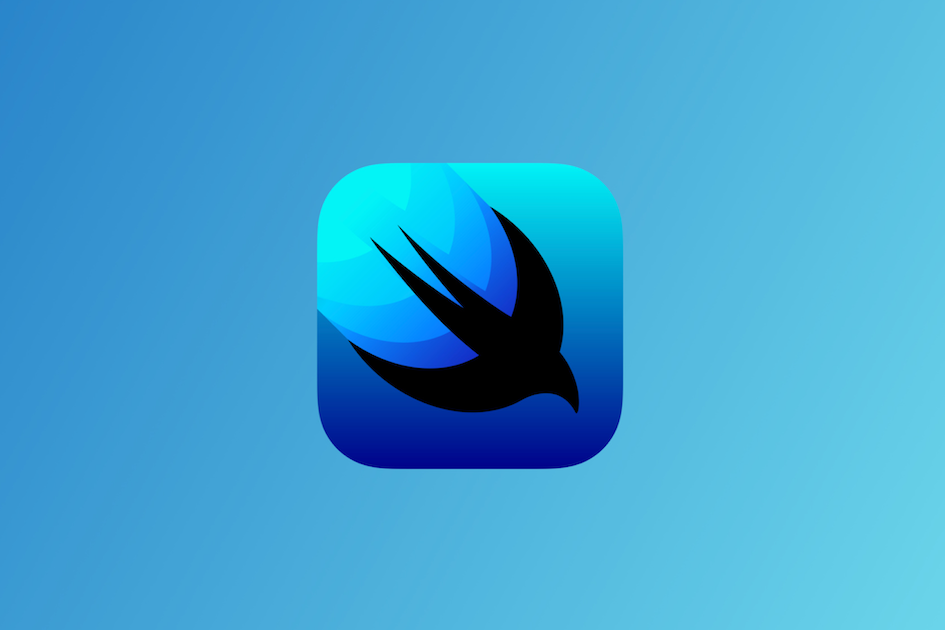
Introduction
As technology evolves, so do the tools and frameworks that developers use to build applications. With the introduction of SwiftUI by Apple in 2019, developers were presented with a modern, declarative approach to building user interfaces across all Apple platforms. However, many existing iOS projects still rely on UIKit, the traditional framework for building user interfaces. Migrating from UIKit to SwiftUI can seem like a daunting task, but with careful planning and execution, it can be a smooth and rewarding transition.
In this blog post, we’ll explore the process of migrating UIKit-based projects to SwiftUI, highlighting the benefits, challenges, and best practices along the way.
Benefits of Migrating to SwiftUI:
- Declarative Syntax: SwiftUI offers a declarative syntax, allowing developers to describe the desired UI state and let the framework handle the rest. This leads to more concise and readable code, reducing the likelihood of bugs and making it easier to understand the structure of the UI.
- Cross-Platform Compatibility: SwiftUI is designed to work seamlessly across all Apple platforms, including iOS, macOS, watchOS, and tvOS. By adopting SwiftUI, developers can leverage a unified codebase and streamline the development process for multiple platforms.
- Live Previews and Real-Time Updates: SwiftUI provides live previews within Xcode, allowing developers to see their UI changes in real time as they write code. This instant feedback loop accelerates the development workflow and makes it easier to iterate on designs.
- Enhanced Accessibility: SwiftUI includes built-in support for accessibility features, making it easier to create apps that are inclusive and accessible to all users. Developers can leverage SwiftUI’s accessibility modifiers to ensure their apps meet the highest standards of usability.
Now that we’ve explored the benefits of migrating to SwiftUI, let’s delve into the migration process itself.
Migration Process:
- Evaluate the Existing Codebase: Start by analyzing your UIKit-based project to identify the view controllers, views, and other UI components that need to be migrated to SwiftUI. Prioritize the migration based on factors such as complexity, frequency of use, and strategic importance to the app.
- Convert UIKit Views to SwiftUI Views: Begin the migration process by converting individual UIKit views to SwiftUI views. SwiftUI provides wrappers such as
UIViewRepresentableandUIViewControllerRepresentableto integrate UIKit views and view controllers into SwiftUI.
// Example: Converting a UIKit UIView to a SwiftUI View
import SwiftUI
struct MyUIKitView: UIViewRepresentable {
func makeUIView(context: Context) -> UIView {
let uiView = UIView()
// Customize your UIView here
return uiView
}
func updateUIView(_ uiView: UIView, context: Context) {
// Update your UIView here if needed
}
}3. Rewrite View Controllers in SwiftUI: Once you’ve converted the individual views, focus on rewriting view controllers in SwiftUI. Identify the navigation, layout, and presentation logic in your UIKit view controllers and reimplement them using SwiftUI’s navigation and layout constructs.
// Example: Rewriting a UIKit View Controller in SwiftUI
import SwiftUI
struct MySwiftUIView: View {
var body: some View {
NavigationView {
VStack {
Text("Hello, SwiftUI!")
}
.navigationTitle("Welcome")
}
}
}4. Integrate SwiftUI Views into Existing UIKit Code: Gradually integrate SwiftUI views and view controllers into your existing UIKit codebase. You can adopt a hybrid approach where UIKit and SwiftUI coexist within the same project, allowing for a gradual transition without disrupting the entire codebase.
// Example: Integrating SwiftUI Views into Existing UIKit Code
import UIKit
import SwiftUI
class MyViewController: UIViewController {
override func viewDidLoad() {
super.viewDidLoad()
// Create a SwiftUI view and add it to the view hierarchy
let swiftUIView = MySwiftUIView()
let hostingController = UIHostingController(rootView: swiftUIView)
addChild(hostingController)
view.addSubview(hostingController.view)
hostingController.didMove(toParent: self)
}
}5. Test and Iterate: As you migrate to SwiftUI, thoroughly test your app to ensure that the functionality remains intact and that the user experience is consistent across all devices and platforms. Use Xcode’s debugging tools and simulators to identify and address any issues that arise during the migration process.
Best Practices:
- Start Small: Begin by migrating small, isolated components before tackling larger portions of your app. This allows you to gain familiarity with SwiftUI’s syntax and concepts while minimizing the risk of introducing bugs.
- Leverage UIKit Interoperability: Take advantage of SwiftUI’s interoperability with UIKit by integrating existing UIKit views and view controllers into your SwiftUI codebase. This allows you to reuse code and gradually migrate to SwiftUI at your own pace.
- Use Previews for Rapid Iteration: Use SwiftUI’s live previews within Xcode to iterate rapidly on your UI designs. Experiment with different layouts, styles, and configurations to find the optimal user experience for your app.
- Embrace SwiftUI’s Paradigm: Embrace SwiftUI’s declarative paradigm and leverage its built-in features for state management, animations, and layout. Avoid trying to replicate UIKit’s imperative approach in SwiftUI, as this can lead to unnecessary complexity and boilerplate code.
Conclusion
Migrating from UIKit to SwiftUI is a transformative process that empowers iOS developers to embrace modern app development practices and unlock new possibilities for their apps. By following best practices, leveraging UIKit interoperability, and embracing SwiftUI’s declarative paradigm, developers can migrate their existing projects to SwiftUI with confidence and ease. As SwiftUI continues to evolve, it promises to reshape the landscape of iOS development, offering developers a more intuitive, efficient, and enjoyable way to build beautiful, responsive apps for Apple’s platforms.
